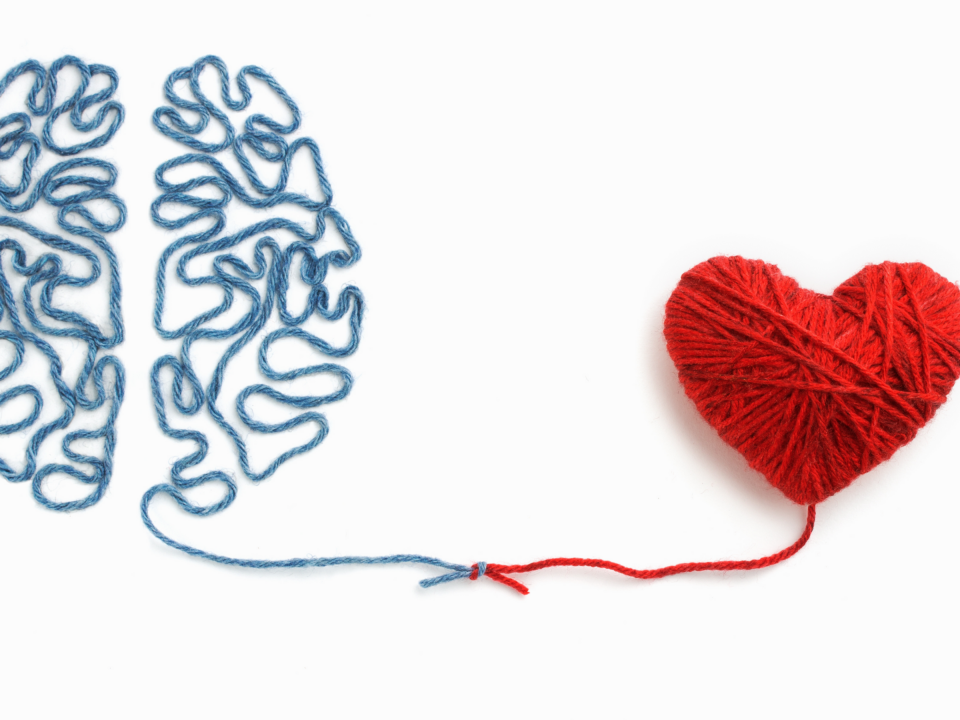
*As originally seen on Forbes.com
Have you found that tracking leadership growth can be a bit tricky?
Sure, we all know what good leadership feels like, but how—specifically—does one achieve it? What’s the recipe?
In my 30+ years building businesses I’ve distilled leadership growth and the tracking of it to 6 categories and 9 levels. Our coaching clients find it helpful to set numbered levels for leadership growth. This helps everyone to track how they are cultivating key leadership behaviors, and nicely complements the use of Individual Development Plans.
Here We Grow
A good starting point is William Oncken’s 5 Levels of Freedom. We prefer to call them Leadership Levels, as this makes more sense to the employee. Some companies, like Google, have many levels (ten in their case). See what makes sense to you, and is easy to define, track, and help people stretch and grow into. When coupled with needle movers/KPIs/OKRs/goals we see employees’ growth and performance soar. Here’s a link to our complimentary Leadership Level Assessment.
The first category is Planning & Proactivity. Here are the key criteria to score:
- Consistently plan ahead. Not just for the immediate need, but for the overarching trajectory.
- Know what your action items are without being reminded.
- Don’t wait for or rely on others to tell you what to do. Take the lead and make a recommendation for how to drive toward the intended outcome.
- Come prepared for every meeting.
- Present yourself with appropriate energetic weight and executive presence for the given situation.
The second category is Follow Through & Accountability. Here are the key criteria to score:
- Consistently deliver on time, on budget, and on-strategy in order to meet the client’s and business’s objectives.
- Meet deadlines and follow through on commitments without prompting, additional micro-management, or someone else coming in to finish.
- “Manage up” to your project lead and/or supervisor to ensure you’re getting what you need and delivering on expectations.
- “Manage down/across” to your direct reports/peers to ensure they’re getting what they need to be accountable per your expectations.
- You are known for being consistently reliable.
The third category is Customer-Centric Quality. Here are the key criteria to score:
- Consistently deliver in alignment with your Client-Centric Quality Standards (wherever possible within your agreed-upon leadership level).
- Across Your Work – delivered per spec, as work as expected, done right the first time.
- Client Service – timely, professional, accurate, value-added response.
- Logistics – accurate details, all details.
- Business Development / Growth – sensitivity to relationship building and fostering trust and safety, belonging, mattering with client.
- Finance / Operations – ensuring Finance/Ops is in the loop when needed and providing clarity so their involvement is optimized/minimized.
The fourth category is Communication. Here are the key criteria to score:
- Consistently communicate in a clear, professional, and personable manner — both in email and conversation even when upset.
- Include necessary details, dates, expectations, subject tags, etc., and follow any existing communication standards.
- Proactively communicate wants, needs, and obstacles to ensure your team (above and below) clearly understand what’s needed of them, and what you need too.
- Carefully read communications to ensure a complete response.
- Proactively provides timely clear communication on outstanding items and status so team members can do their best work.
The fifth category is Strategic Thinking & Problem Solving. Here are the key criteria to score:
- Consistently maintain alignment with the agreed-upon guiding strategy and desired outcomes.
- Keep an eye on how everything relates to the bigger picture. (Nothing should exist in a silo.)
- Approach challenges with a strategically focused problem-solving mindset — bringing multiple solutions to the table rather than solely seeking answers.
- Approach challenges with an open mind and positive attitude.
- Proactively provides ideas and well-formed strategies to grow the team and business.
The sixth category is Client Service & Presentation. Here are the key criteria to score:
- Consistently manage, coordinate, and communicate with clients (and/or project/client leads) to fully understand and exceed their expectations.
- Manage the process proactively to build confidence and trust within the client.
- Meet and deliver on key milestone dates as expected and agreed upon.
- Manage and communicate timeline updates appropriately.
- Prepare and present client-ready materials in alignment with your Client-Centric Quality Standards without additional polishing support.
For each of the criteria in each level a leader will score themselves 1-5 where 5 is the highest. Here’s the link again to our complimentary Leadership Level Assessment.
Here Are The 9 Levels:
A few words on Leadership Level 5, which is where things start to get interesting!
First, bear in mind that to be performing at this level the individual needs an average score of 4 or 5. That said, if they gave themselves some 3s (or you did when you reviewed their self-assessment and provided your input), you’ll want to focus on helping them to boost their scores to get them to a consistent average of a 4 or greater to be at this Leadership Level.
Here are brief summaries of the other levels, see the graphic above for more detail:
Level 6 = This leader effectively and consistently leads and cultivates others. This means the leader is intentionally and demonstrably growing others into greater levels of leadership.
Level 7 = This leader’s influence is much higher than that of Level 6, which is what enables them to lead others inside as well as outside of the company (where they have less “same as” since outsiders won’t necessarily be tribe members).
Level 8 = This leader understands and practices more sophisticated degrees of strategy. They apply Porter’s Five Forces, for example, as opposed to a basic SWOT (strengths, weaknesses, opportunities, threats) approach.
Level 9 = This leader demonstrates a high and consistent level of self-awareness. They call out where they need to grow, use themselves as an example to mentor others and are fearless in their commitment to personal and professional development.
Would Leadership Levels make sense at your company? Doubtlessly. They provide us with a framework for ownership, accountability, drive, intrinsic motivation. How many levels would you like? How will you define each and help people increase their level?






